Not just a pinch of Salt : Gandhi Jayanti
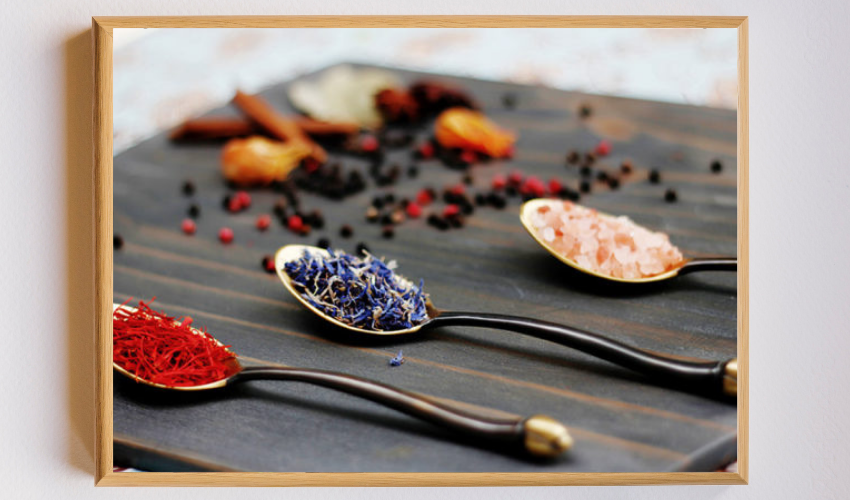
Bright day this morning of October 2nd. As a child, I used to regularly watch on Doordarshan channel, Gandhi the movie, each year on this national holiday. Not any national holiday, but one to celebrate the birth anniversary of Mohandas Karamchand Gandhi – the man who led the biggest movement of non-violence. One of his movements among many, which impacted how the British saw India, was Salt Satyagraha.
The protest started when the British introduced taxation on salt production. The people for the first time came together under the banner of India and fought courageously and non-violently against the British forces. All this for salt, a mere additive to enhance the taste of food? No, it was not mere salt. It was resistance,it was livelihood for the people of coastal villages. On this day, let us look at this unassuming protagonist of not just our history, but also our culinary experience.
Salt is a magical ingredient that breathes life into a dish.However in reality a pinch of salt is what makes or breaks a dish.Having said that please understand that salt is a trick ingredient. Too much or too less salt both alters the taste of the dish and hence discretion should be used in sprinkling it in food.Personally I love my salt and you would always find me dig my hand into the salt jar and sprinkle some extra amount of it on my food.
Since salt is such an important ingredient of food we decided to explore it a bit and this is what we found-
When and Why Is Salt used
Since ancient times salt has found many uses other than just seasoning. However the other aspects of salt usage have always been less spoken about so we decided to highlight it here.
- Helps in Seasoning
Salt is mainly used as a seasoning to enhance the taste of food. It adds flavors to the food. Seasoning with salt is done at various stages of cooking depending upon how we want the end product to look and taste like and also what kind of food we are making.
Meats-When cooking meats its best to add salt in the beginning.As the meat is cooked, the cells tend to close up and shrivel and the meat may not be able to absorb the flavours. So it is best to add salt to raw meat along with other dry spices so that all the flavours are absorbed well on cooking and this will also give it a richer flavor.
Rice and Pasta-During cooking pasta or rice, salt is added at the beginning to let it fully penetrate the pasta and rice.Addition of salt in the end will just superficially flavor the rice and pasta dish without flavoring its core ingredient which is the rice/pasta itself
Vegetables-When we want our vegetables to be crunchy, we add salt at the very end. If we add salt at the beginning, it will cause water to ooze out of vegetables and make them soggy.Salt can also counteract bitter flavors in food—salt is often used to “de-bitter” cruciferous vegetables like karela and olives.
Soups, kadhi and stews-In these salt is added towards the end and it is not advisable to add in the beginning as the dish reduces in quantity so addition of salt should happen once the dish is fully ready in terms of its final quantity.
Sweet dishes–It intensifies sweetness and is therefore often sprinkled on fresh fruit or added to candies like caramel and even Indian sweets
2. As a Preservative
Salt is a natural, and one of the oldest preservatives. Meat, fish are cured, and vegetables pickled in salt brine to preserve them. and it was heavily used before refrigeration was available. Salt acts as a preservative by drawing moisture out of food, because microbes that can spoil food need moisture to grow. Many disease-causing microbes are also simply unable to grow in the presence of salt.
Salt bring out the colour of the food such as ham, bacon, etc. Salt is added to green chutney at the very end to bring out the colour of the chutney very well. Salt is also used to enhance the golden colour in bread crust by reducing sugar destruction in the dough and increasing caramelization.
4. Acts as a Food Tenderizer
Salt is used to tenderize food as it causes the foods to release water when added to them.
Cooking of meat- Salt is used during marination stage to make meat tender, and thus hasten the cooking process.
Cooking Lentils and Beans-When cooking Rajma and chana for example salt is added at the beginning so as to soften them while pressure cooking them.
Cooking vegetables-When cooking vegetables and wanting them soft for example while making vegetable fillings for breads/parathas etc salt is added at the beginning so that the vegetables will give out water and soften.
5. As a Binder
In Breads-Salt strengthens gluten in bread dough, providing uniform grain, texture and dough strength, and allows the bread dough to expand without tearing.When making yeast breads the amount of salt greatly affects the rate of yeast fermentation and gluten formation, both of which will significantly affect the bread’s final texture.
In processed meats-Salt gives a smooth, firm texture.
In Cheese-Salt develops the characteristic rind hardness and helps produce the even consistency in it.
In Pretzels-Large salt crystals are also often used to add a crunchy texture to pretzels
7. For Fermentation Control
Salt controls fermentation by retarding the growth of bacteria, yeast and moulds in baked goods. This is important in making a uniform product and stops the growth of harmful bacteria.Salt helps controls the rate of lactic acid fermentation, aiding the development of flavouring, body and texture of food.
8. As a Nutrient Source
Let it rain 🙂
10. As an Air purifier
Himalayan salt lamps are most applauded for their air purifying properties.Salt lamps attract moisture from the air to the lamp surface, where, due to the warmth, the water evaporates quickly. The evaporation produces negative ions. Pollen, dust, dirt, pollutants, and allergens in the air all carry a positive charge, and that is how they can be suspended in the air. The negative ions neutralize these positive ions so they can no longer be airborne.Due to the negative ion production, salt lamps are believed to reduce the toxicity of EMFs.EMFs are the electromagnetic frequencies emitted from electronics. Growing research shows that the high levels of EMFs in our living environment contribute to disease.
II.Different types of Salt
Salt has been given a bad rap by many health gurus, but salt is a necessity in our diet. We should be only weary of over consumption of salt, not consumption of salt in itself. In India, we have always used different salts. Let us look at some of the different types of salt that we know and some new ones too!
- Normal Iodised salt
Table salt or common salt is mined from underground salt deposits. Table salt is heavily processed to eliminate mineral and iodine is added as an additive. Common salt is what we use every day to season our food.Almost everybody in India used this on an everyday basis.The usage of other type of salts are however restricted to certain specific households.
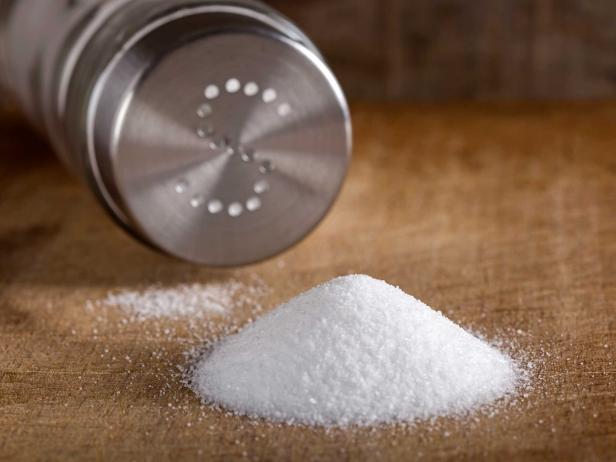

2. Himalayan Pink Salt
Himalayan salt found near the foothills of Himalayas is considered to be one of the purest salts. Himalayan pink salt is chemically similar to table salt, and it gets the pink colour from the traces of minerals like potassium, magnesium and calcium. It is believed to have 84 minerals.This presence of minerals in it improves the mineral levels in our body when consumed.Himalayan salt benefits include supporting weight loss, detox, and balanced hormones.


3. Kosher Salt
Kosher salt also called as Rock salt is from salt mines, but less processed than table salt.
These crystals dissolve quickly and evenly in cookie doughs, tart and pie crusts, and caramels, introducing salt to ingredients without clobbering them.
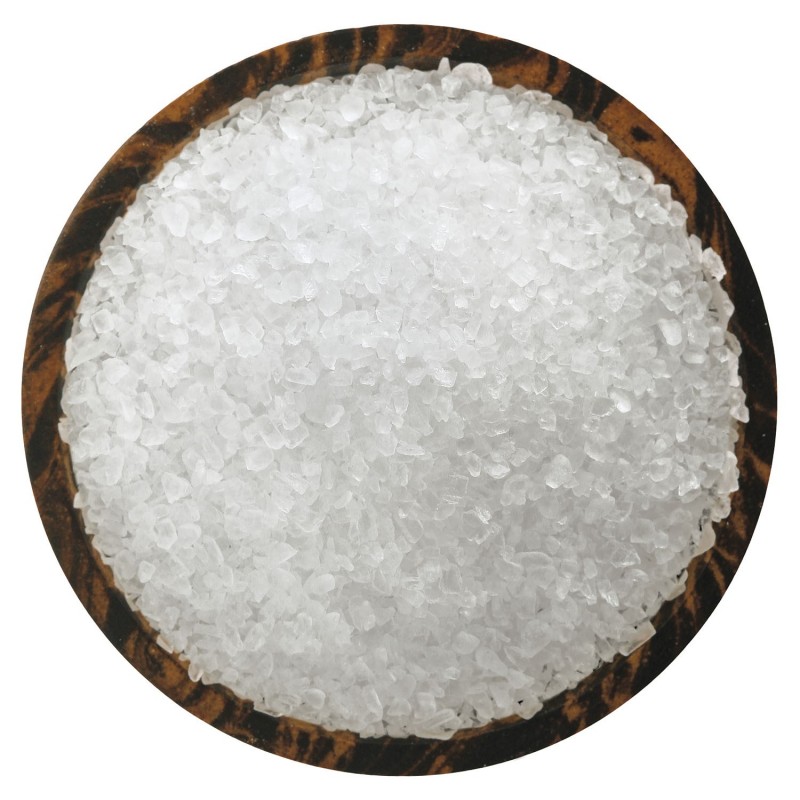

4. Black Salt
Black salt or Kala namak is a condiment rather than actual salt. Blocks of salt blackened after prolonged heating, which is then ground. After grinding spices are added to it. Black salt has an odour to it because of the presence of Sulphur in it. It is used in chaats, with cut fruits, raitas alongwith normal salt etc as its sharpness compliments the taste of normal salt.
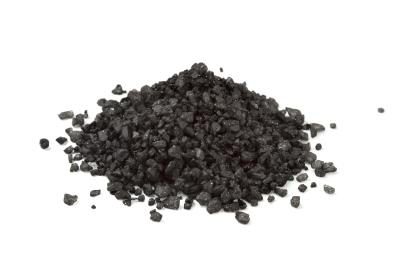

5. Sea Salt
Sea salt is formed by the evaporation of sea water. It is believed sea salt contains more minerals than table salt, and hence it is better for your health.
FLAKY SEA SALT: Preferred for their light, crunchy texture and delicate pyramid-shaped flakes, sea salts like Maldon provide the ideal finishing touch on cookies, ice cream, and apple pie.
COARSE SEA SALTS: These salts (e.g. sel gris and fleur de sel) work with assertive flavors and textures. like Maldon, their grains are crunchy, but they don’t dissolve as quickly.
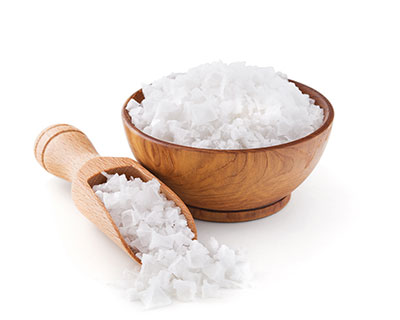

6. Fleur de sel
Harvested from the waters of the Atlantic in the summer, this French salt isn’t used to season. It is used as a finishing salt to enhance before serving to enhance the flavour of the food.
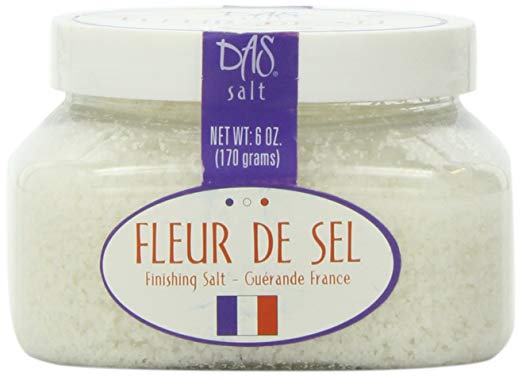

7. Alaea Salt
This is sometimes referred to as Hawaiian salt. This salt is not white but crimson in color. This salt is harvested from tidal pools and owes its colour to the high iron content of the volcanic clay content of those pools. It is part of Native Hawaiian cuisine and is used in traditional dishes such as kalua pig, poke and pipikaula(Hawaiian jerky). It was also traditionally used to cleanse, purify and bless tools, canoes, homes and temples. Mild in flavour, it can be used in soups or stews.
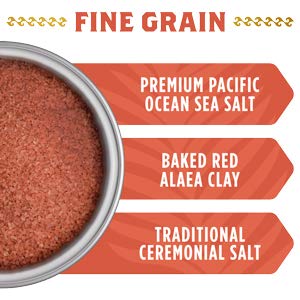

8. Flavoured Salt
Salt can be flavoured at home, and the flavouring possibilities are numerous. It is made by combining flavourings such as lemon, rosemary, thyme, and salt. Flavoured salt is used as a seasoning to let the flavours seep into the food and become an innate component of the dish while using other flavoring herbs and ingredients. For example, to make lemon salt, just combine lemon zest, lemon juice and kosher salt. Put it in the oven for the lemon salt to dry out. Once it is dried out, crush the salt a bit. Viola! Lemon salt is ready. In the end Salt has started many wars and built many cities from ground up, it is a subject of many scientific health papers, but today salt in our lives is a taste maker. All that notwithstanding, nothing cures a sore throat like gargling with salt water! You might find our article on evolution of salt in India after Gandhi,an interesting read.
A pinch of salt- Gandhian era and now




